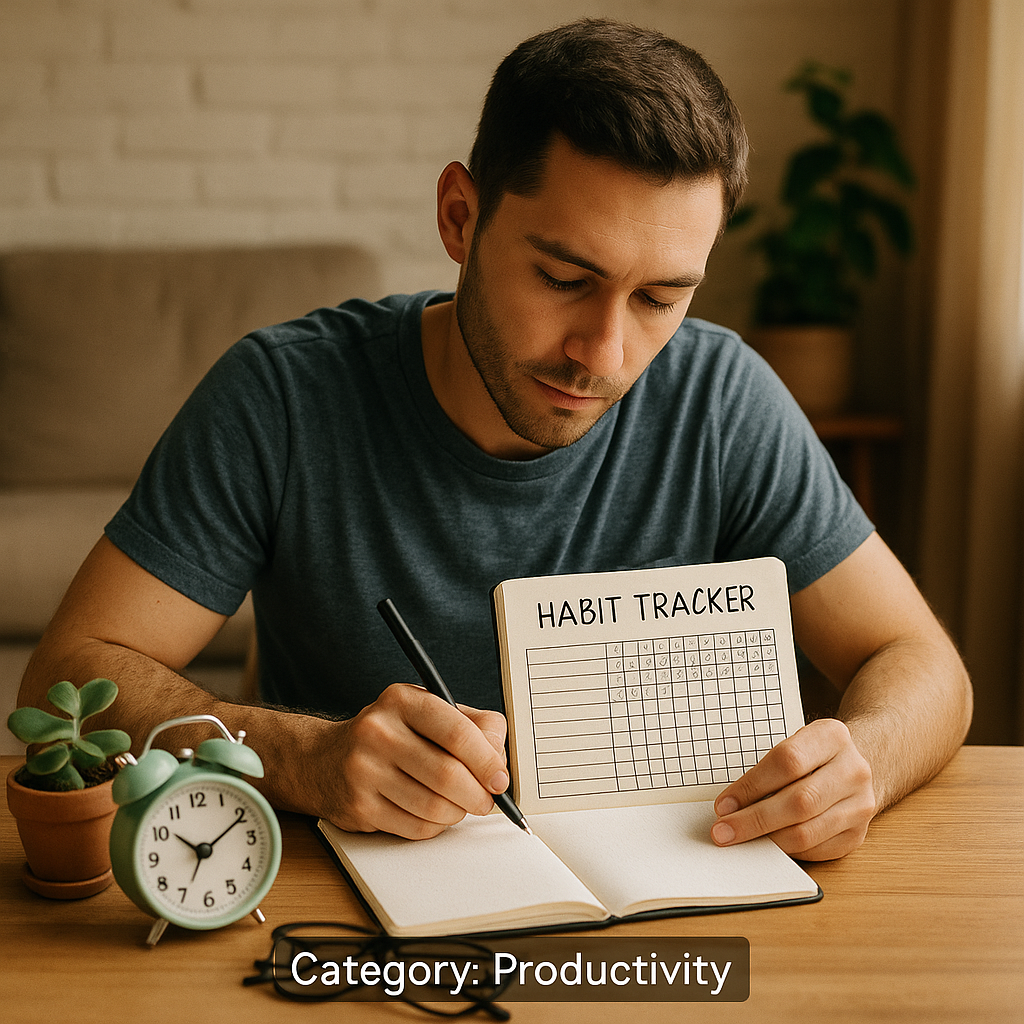Building good habits is easy to start—but hard to sustain. Motivation comes and goes, life gets in the way, and soon the habit you wanted to build fades into “I’ll try again next week.”
But consistency isn’t about being perfect. It’s about showing up, even on the days you don’t feel like it.
In this article, you’ll learn simple, practical strategies to help you stay consistent with your habits for the long haul.
Why Consistency Matters More Than Intensity
Many people go all in at first—starting a new workout routine, journaling every day, or waking up at 5 a.m. But without a system for consistency, the momentum fades.
Consistency creates:
- Long-term progress
- Identity change (“I’m the type of person who…”)
- Emotional stability
- Trust in yourself
Small actions, repeated daily, beat bursts of motivation every time.
1. Make the Habit Ridiculously Easy to Start
If a habit feels too big or time-consuming, you’ll skip it. Instead, lower the barrier to entry.
Examples:
- Want to meditate? Start with 2 minutes.
- Want to exercise? Do 10 squats.
- Want to write? Open a blank document and type one sentence.
Success isn’t about intensity—it’s about not breaking the chain.
2. Anchor Your Habit to Something You Already Do
This is called habit stacking. Link your new habit to an existing one so it becomes part of your routine.
Formula:
After [current habit], I will [new habit].
Examples:
- After I brush my teeth, I’ll write in my journal.
- After I make coffee, I’ll review my goals.
- After I finish lunch, I’ll take a 10-minute walk.
This makes the habit easier to remember—and harder to skip.
3. Track Your Progress Visually
Seeing your progress reinforces the habit loop. Use:
- A calendar to mark off each successful day
- A habit tracker app (like Habitica, Streaks, or Done)
- A simple checklist on paper or a whiteboard
Tracking helps you stay accountable—even if no one’s watching.
4. Focus on Identity, Not Just Outcomes
Don’t just set a goal like “read 20 books this year.” Instead, shift your identity:
“I’m a reader.”
When you change how you see yourself, your habits follow.
Ask:
- “What would a productive person do right now?”
- “How would someone with a positive mindset handle this situation?”
- “What’s the smallest action I can take that aligns with who I want to be?”
Consistency flows more easily when it reinforces your self-image.
5. Plan for the “Off” Days
You won’t always feel motivated. Expect obstacles like:
- Low energy
- Unexpected responsibilities
- Negative emotions
- Travel or schedule changes
Solution: Create a “minimum version” of your habit.
Examples:
- If you can’t go to the gym, stretch at home
- If you don’t have 30 minutes to write, write for 5
- If you skip a day, commit to showing up the next one
Doing something—even if small—keeps the habit alive.
6. Use Accountability and Environment
Your environment either supports or sabotages your habits.
Tips:
- Remove friction (e.g., keep your journal on your nightstand)
- Add visual cues (e.g., a sticky note with your habit)
- Tell a friend what you’re working on
- Join a group where the habit is normal (book clubs, fitness groups, etc.)
Make it easier to stick to your habit than to skip it.
Final Thought: Small Wins, Repeated Daily, Change Everything
You don’t need to feel inspired every day. You just need to show up—imperfectly, consistently, with patience.
Habits are not about willpower. They’re about systems. And systems are built one small action at a time.
So start tiny. Track your wins. Reinforce your identity. And when you fall off (because everyone does), get back on with kindness.
Consistency is the secret sauce of transformation.

